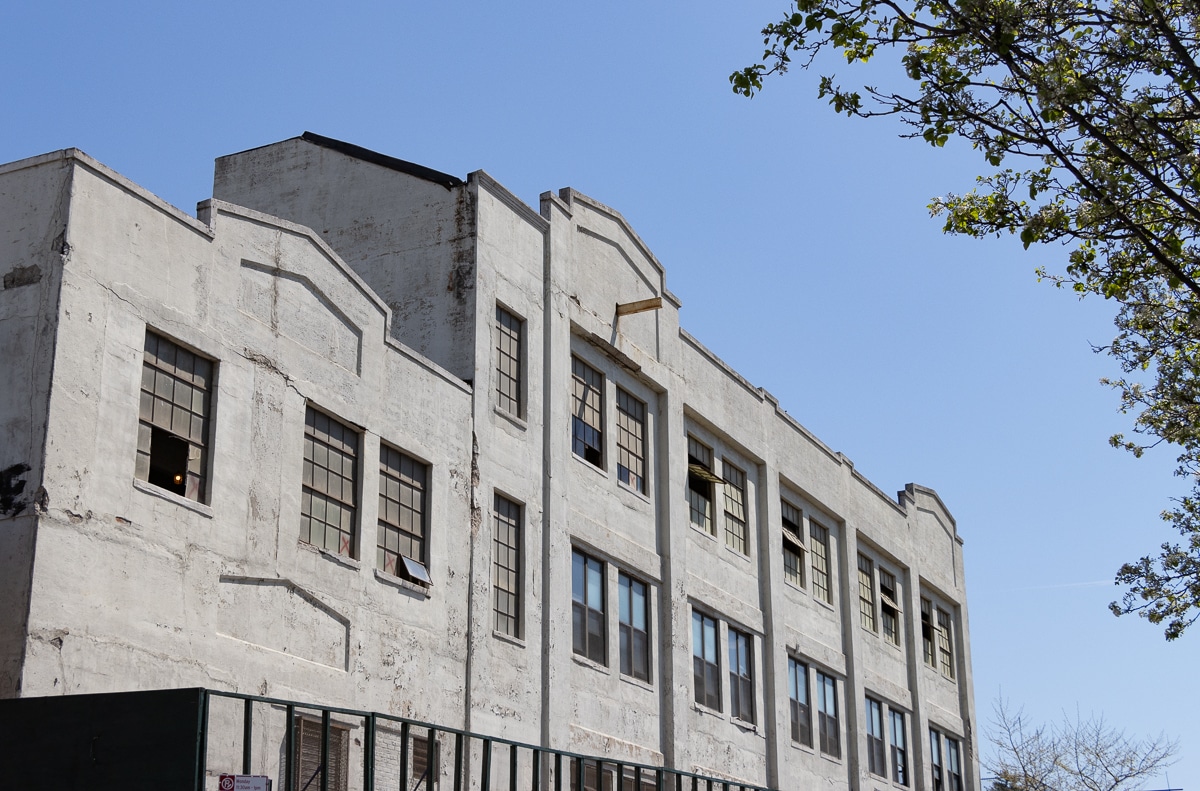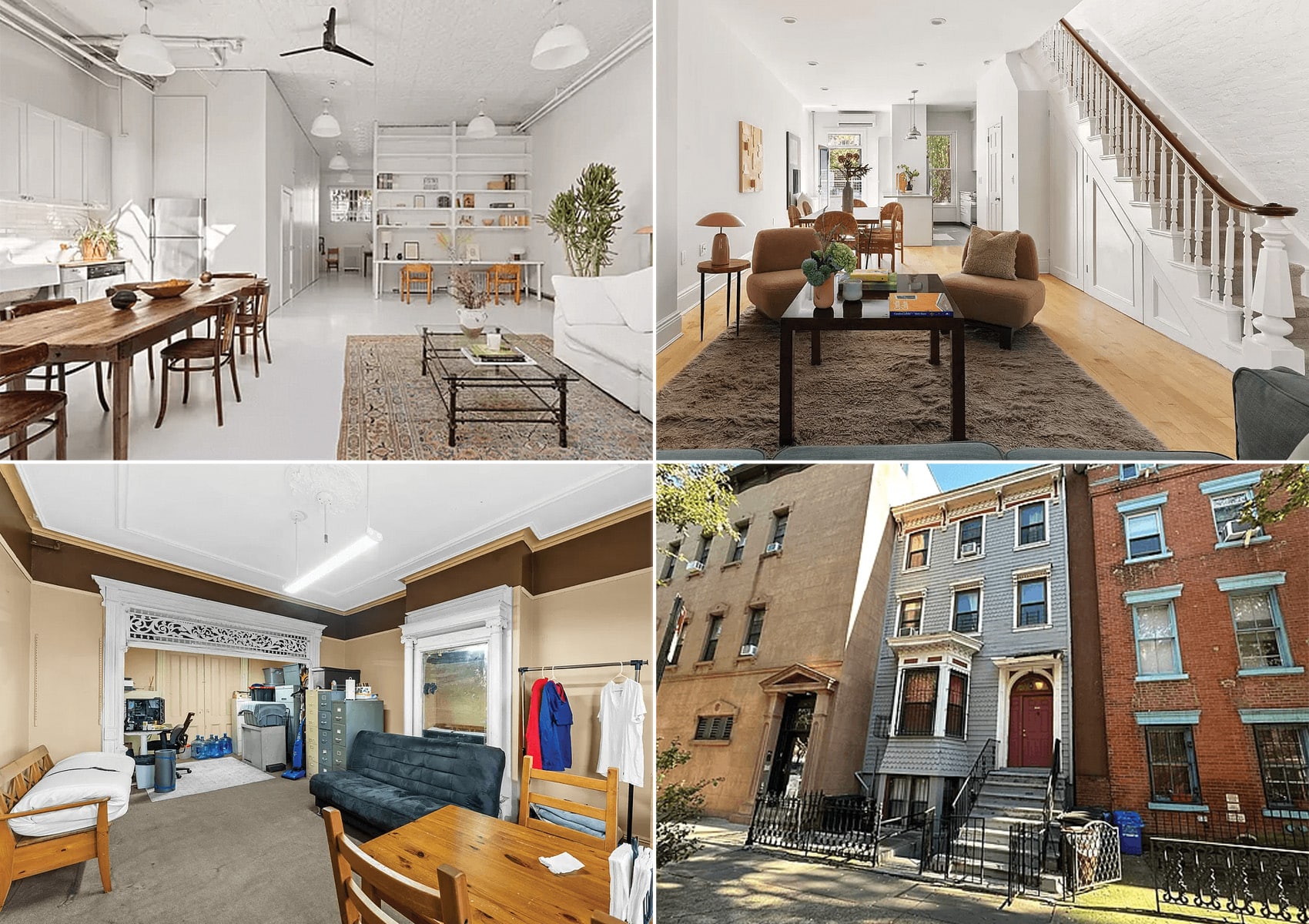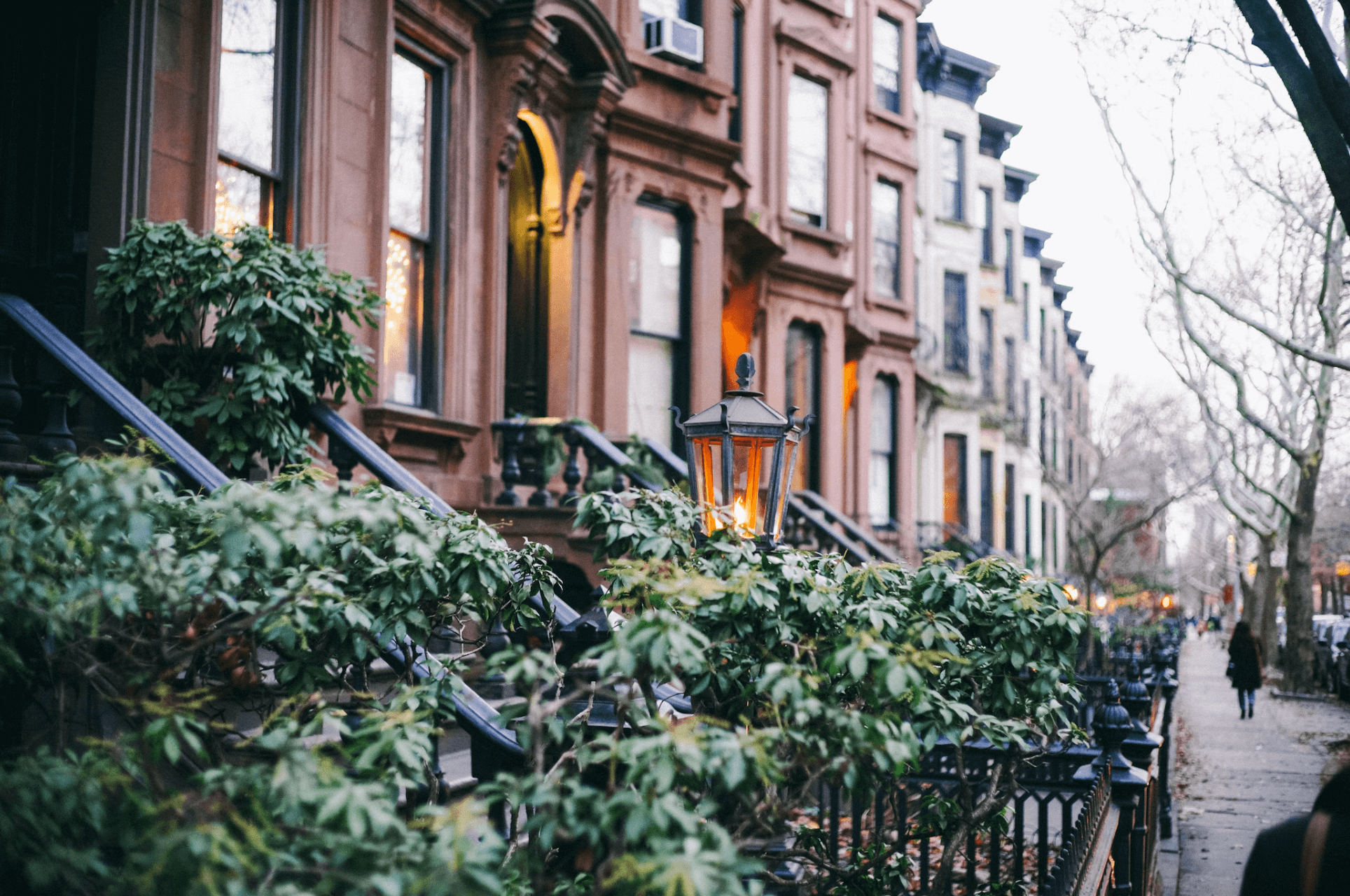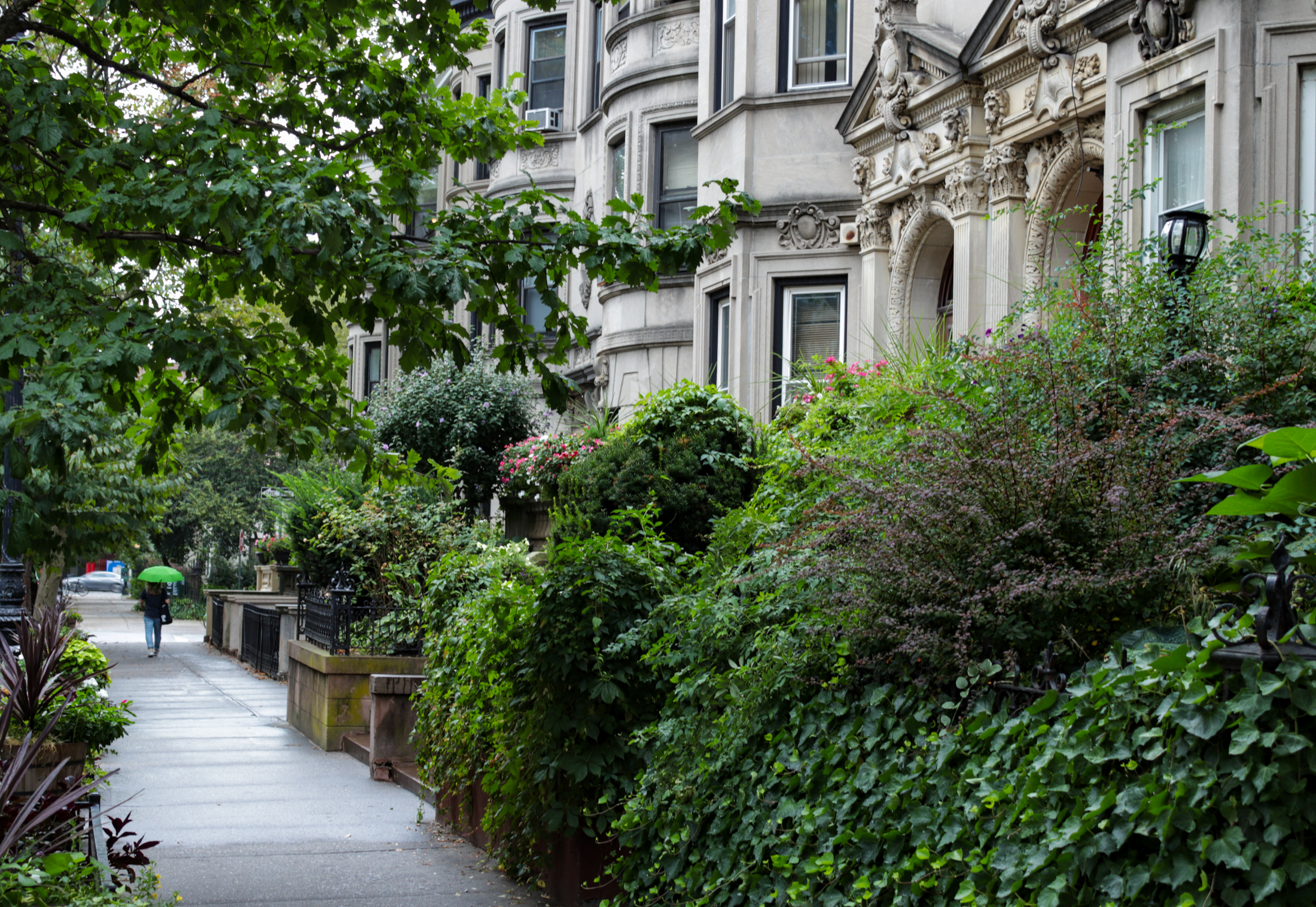Queenswalk: Meet Me at La Casina, Baby!
Let’s face it, we may live in a time of great riches, but it’s not all that fabulous and posh anymore. Certainly not like the glamorous days of Hollywood and New York, when the swanky people got into their big cars and their fancy shiny silk gowns and tuxedos and partied the night away in…

Let’s face it, we may live in a time of great riches, but it’s not all that fabulous and posh anymore. Certainly not like the glamorous days of Hollywood and New York, when the swanky people got into their big cars and their fancy shiny silk gowns and tuxedos and partied the night away in nightclubs that often had exotic Latin names like the Copacabana, the Mocambo, and La Casina. “La Casina?” Ok, maybe not as swanky as other places, but in its day, it was quite the place.
La Casina was in Jamaica, Queens, and like many nightspots of the day and on into today, was built as something else, and then transformed into a nightclub. The original 1904 building on this site was purchased in 1918 by Arnold Behrer Jr. and Clarence Behrer. They altered the building, turning it into a supper club on the site, and in 1932 leased it to Bernard Levy and La Casino, Inc. for four years. The lease specified that the building had to be used as a restaurant, cabaret, beer garden, casino or dance hall. They paid $1,800 a year for the space, and in four years, the rent would go up to $3000 a year. Any alterations to the space had to be approved by the landlord.
The La Casino Supper Club opened in 1933.
There was a Great Depression going on and not too many people were going out, so the place closed within a year. They decided to do something different, and gutted and reduced the building. Since there are no building permits in their file, they may have taken down everything except the side walls and rebuilt, keeping only those side walls. The façade, roof and interior were all new.
And new it was indeed. The unknown architect designed a Streamlined Moderne extravaganza in a fanciful ziggurat roofed style. It was based on the high class night clubs in Manhattan, and featured dining, dancing and entertainment nightly. They had special guest entertainers, no cover charge and parking was free in a lot nearby. It opened in 1936 and was one of Jamaica’s hot spots for several years.
Nightclubs made a big comeback after Prohibition was finally over in 1933. Many reflected the new streamlined Art Moderne style of architecture, with lots of glass, steel, and shiny surfaces. The classic example of a Moderne nightclub still in existence is the Rainbow Room, atop Rockefeller Center. La Casita is actually one of the few remaining nightclub buildings in the entire city that was built as a nightclub.
The stepped ziggurat roofline, and the streamlined entrance was eye-catching, distinctive and very late 1930s, and came out of the forms and shaped of Art Deco. The building also had a stucco finish at its base, with plate glass windows and a sleek entryway with black and silver trim. The vertical sign with the club’s name was highly influenced by the Art Deco and Moderne signage on many of the movie palaces of the day, including those on nearby Jamaica Avenue.
Unfortunately, the club’s owner had financial problems. The last entry for the club in any kind of press appears at the end of 1938. In 1940, Arnold Behrer lost the building to the Episcopal Church, of all creditors. In 1942, the building was purchased by another church, the Church of God of Greater New York, Inc. They never actually moved in, and the use of the building throughout World War II is unknown. The building is actually quite small, if you look at the photographs in context with its neighbors.
In 1946, the building was sold to Polly Foundations, Inc., which gutted it and turned it into a bra factory. The brand name “Ladyform Bras” was added to the signage. In 1952, the building was sold again, this time to the Ellen Howard Corporation, which made Roxanne Swimsuits here from 1952 to 1988. The name “Roxanne” was added to the signage, as well. For many people in Jamaica, this building is the Roxanne Building, and its history as a short-lived nightclub is long forgotten. During the 1960s or 70s, the distinctive galvanized iron cladding was covered over with aluminum siding. It was certainly the fanciest garment factory around.
The building was deteriorating badly when the Greater Jamaica Development Corp bought it in 1989, soon after the building was placed on the National Register of Historic Places. They brought in the architectural firm of Li-Saltzman, which restored the exterior while renovating the interior for office use in 1994 and ’95. They removed the aluminum siding and replaced the galvanized iron cladding with aluminum that matched the shine and color of the original. They also repaired and repainted the stucco in the original colors and restored the original night club entrance and doors. They also retained the original sign and placed it in a new aluminum casing.
The building was designated an NYC individual Landmark in 1996. Andrew Dolkart, now the head of the Historic Preservation Department of the Columbia School of Architecture wrote both the National Register and the LPC reports, the sources of this article’s information. It expands on another article written for Brownstoner Queens by Kevin Walsh in 2013.The building is now home to the Jamaica Business Resource Center. The address is 90-33 160th Street in Jamaica, just off Jamaica Avenue, near Parsons Boulevard.
(Photograph:Christopher Bride for Property Shark)













What's Your Take? Leave a Comment